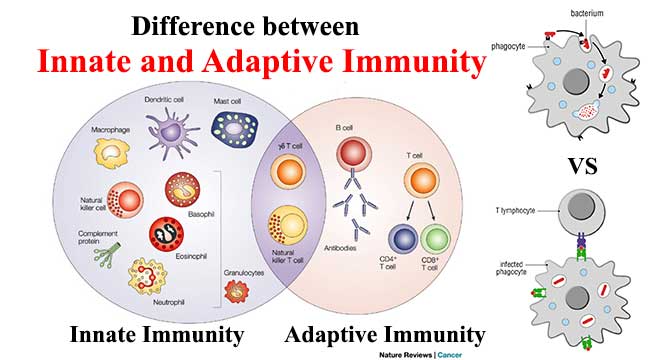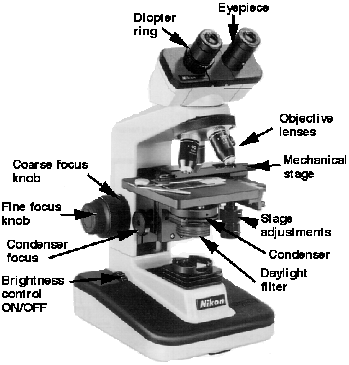Media Preparation and Sterilization
Definition of media
A culture media is a special medium used in microbiological laboratories to grow different kinds of microorganisms. ... Different nutrients and chemicals are added to it to allow the growth of different microorganisms
Bacteria and fungi are grown on or in microbiological media of various types. The medium that is used to culture the microorganism depends on the microorganism that one is trying to isolate or identify. Different nutrients may be added to the medium, making it higher in protein or in sugar. Various pH indicators are often added for differentiation of microbes based on their biochemical reactions: the indicators may turn one color when slightly acidic, another color when slightly basic. Other added ingredients may be growth factors, , and pH buffers which keep the medium from straying too far from neutral as the microbes metabolize
Type of media
There are different type of media used in laboratory.
Since there are many types of microorganisms, each having unique properties and requiring specific nutrients for growth, there are many types based on what nutrients they contain and what function they play in the growth of microorganisms.
1 Solid media
2 Liquid media
1 Solid media. Nutrient agar media
A culture may be solid or liquid. The solid culture media is composed of a brown jelly like substance known as agar. Different nutrients and chemicals are added to it to allow the growth of different microorganisms
Nutrient agar media

Nutrient Agar is a general purpose, nutrient medium used for the cultivation of microbes supporting growth of a wide range of non-fastidious organisms. Nutrient agar is popular because it can grow a variety of types of bacteria and fungi, and contains many nutrients needed for the bacterial growth
Source of agar [agar is taken from the sea weed, Algae]
The gelling agent in agar is an unbranched polysaccharide obtained from the cell walls of some species of red algae, primarily from the genera Gelidium and Gracilaria. For commercial purposes, it is derived primarily from Gelidium amansii. In chemical terms, agar is a polymer made up of subunits of the sugar galactose
Composition of nutrient agar for 100ml
| Ingredients | Quantity (100 mL) |
| Peptone | 0.5 g |
| Yeast Extract | 0.2 g |
| Sodium Chloride | 0.5 g |
| Agar | 1.5 g |
| pH | 7 |
Preparation of Nutrient Agar
1. Suspend 28 g of nutrient agar powder in 1 litre of distilled water.
2. Heat this mixture while stirring to fully dissolve all components.
3. Autoclave the dissolved mixture at 121 degrees Celsius for 15 minutes.
4. Once the nutrient agar has been autoclaved, allow it to cool but not solidify.
5. Pour nutrient agar into each plate and leave plates on the sterile surface until the agar has solidified.
6. Replace the lid of each Petri dish and store the plates in a refrigerator.
Uses of Nutrients Agar
1. It is frequently used for isolation and purification of cultures.
2. It can also be used as a means for producing the bacterial lawns needed for antibiotic sensitivity tests. In actuality, antibiotic sensitivity testing is typically performed on media specially formulated for that purpose.
2. Liquid media
This is a liquid medium which allows the microorganisms to multiply and has the essential nutrients that are required for it. It is usually composed of bacteria taken from a liquid source such as pond water. The basic nutrient broth is the most commonly used. Selective Media Plate
Nutrient Broth.

Nutrient broth is a basic media composed of a simple peptone and a beef extract. Peptone contributes organic nitrogen in the form of amino acids and long-chained fatty acids. Beef Extract provides additional vitamins, carbohydrates, salts and other organic nitrogen compounds
Composition of nutrient broth media
Nutrient broth. Add 13 g of nutrient broth powder to 1 litre of distilled water
aa Amount in in 100gm
Weigh 1.3 gram of nutrient broth powder and put it in a conical flask with a cotton plug. Measure 100 ml of distilled water in a measuring cylinder and add in to conical flask containing nutrient broth powder. Dissolve the nutrient broth powder in the water by swirling. Autoclave it at 15 psi pressure in autoclave
Composition of nutrient broth for one liter water
Intended use
Nutrient Broth is used for the general cultivation of less fastidious microorganisms , can be enriched with blood or other
biological fluids.
Composition**
Ingredients Gms / Litre
Peptone 5.000
Sodium chloride 5.000
HM peptone B# 1.500
Yeast extract 1.500 Final
pH ( at 25°C) 7.4±0.2
**Formula adjusted, standardized to suit performance parameters
Directions
Suspend 13.0 grams in 1000 ml distilled water. Heat, if necessary, to dissolve the medium completely. Dispense into tubes
or flasks as desired. Sterilize by autoclaving at 15 lbs pressure (121°C) for 15 minutes


